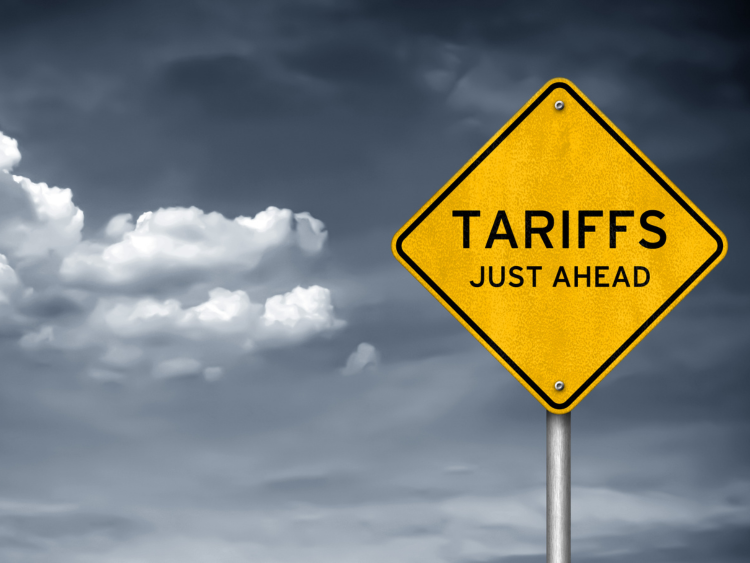Trade Cases

Questions About Circumvention Suits: Do They Have a Chance?
Written by John Packard
September 27, 2016
Steel Market Update spoke with two sources regarding the most recent complaint filed by the domestic mills against Vietnam and China for circumvention of duties (China) on cold rolled and CORE (corrosion resistant steels such as galvanized and Galvalume) products. One of the tenants behind the accusations made by the domestic steel mills is the toll processing (transformation) of the steel substrate in Vietnam. It has long been held that taking hot rolled substrate and cold rolling the steel was enough of a transformation to change the country of origin. The same goes for taking hot rolled or cold rolled steels and coating them with zinc (galvanized) or zinc/aluminum (Galvalume). When the CORE products are exported they are considered to have changed the origin of the country.
Daniel Pearson of the Cato Institute and a former president of the International Trade Commission provided SMU with the WTO definition of substantial transformation i.e. what it takes in order to change the country of origin:
“Rules of origin are the criteria needed to determine the national source of a product. Their importance is derived from the fact that duties and restrictions in several cases depend upon the source of imports.
There is wide variation in the practice of governments with regard to the rules of origin. While the requirement of substantial transformation is universally recognized, some governments apply the criterion of change of tariff classification, others the ad valorem percentage criterion and yet others the criterion of manufacturing or processing operation. In a globalizing world it has become even more important that a degree of harmonization is achieved in these practices of Members in implementing such a requirement.”
In layman terms there are harmonized codes for each variety of steel. The code for hot rolled is different than cold rolled as is cold rolled to galvanized or Galvalume. The harmonized codes are what are used to classify the steel upon receipt into the United States. The codes also determine the duties to be placed on the steel should it be subject to antidumping (AD) orders.
We asked trade attorney Lewis Leibowitz about the chance that the US Department of Commerce could change the definition of transformation of Chinese substrate being processed in Vietnam. Here is his response:
“Commerce has the discretion to change its definition and is not bound by previous decisions. So the chances are non-negligible. The “substantial transformation” standard is often used by Customs in country of origin cases, but Commerce is not bound by Customs’ views on particular products. In other words, Commerce can disagree with Customs on whether a particular process is a substantial transformation. For AD/CVD purposes, Commerce’s determination is conclusive.”
So, then we wanted to know if, by chance, the US DOC decides to change its definition of substantial transformation what happens to orders on the books or on the water heading for the United States? When would the importer of record be responsible for any duties/cash deposits deemed due by the US DOC?
“The critical date is “entry or withdrawal from warehouse for consumption” in the United States. If the order to suspend liquidation is published on October 1, for example, all entries for consumption on or after October 1 would be subject to suspension of liquidation and therefore to cash deposits of estimated duties. Under circumvention rules, suspension of liquidation could begin on the date of initiation of the anti circumvention inquiry by Commerce (but not the filing by petitioners).”
We also asked Mr. Leibowitz why there were separate suits from California Steel/Steel Dynamics and ArcelorMittal USA, Nucor, AK Steel and US Steel?
“Anti-circumvention allegations were filed on 9/22 against Cold-rolled steel (one letter each for the antidumping and countervailing duty orders) by Schagrin. On the same day, Schagrin filed an anti circumvention petition against corrosion-resistant steel. Kelley Drye filed corrosion resistant steel petitions (AD and CVD) on 9/23. Kelley’s letter has the following explanation for the duplicative filing: ” A similar request for relief under 19 U.S.C. 1677j(b) was filed on September 22, 2016 by Steel Dynamics Inc. (“SDI”) and California Steel Industries (“CSI”). The Petitioners’ [AK, Arcelor Mittal and US Steel] request for relief contains additional information not contained in the SDI and CSI submission. The domestic industry requests that the Department initiate a single investigation based on both filings.”
So, the next question is how will the importer of record for the affected steel coming out of Vietnam react to orders that have not shipped yet out of Vietnam?

John Packard
Read more from John PackardLatest in Trade Cases

Industry piles on new Section 232 steel derivative inclusion requests
The Department of Commerce received 97 submissions from producers, manufacturers, and groups seeking Section 232 tariff coverage for steel and aluminum derivative products.

Price on Trade: New EU steel tariffs don’t mean the US should weaken its stance
Any steel imports into the EU that exceed the new, lower quota level would be subject to a 50% tariff, which represents a major increase from the EU’s current 25% out-of-quota tariff. This move would largely align the EU’s steel tariff rate with Canada and the United States.

Global steel forum sets 2026 framework deadline as US ups pressure on excess capacity
Global steelmakers sounded the alarm Friday over the deepening excess steelmaking capacity crisis. Ministers at the Global Forum on Steel Excess Capacity (GFSEC) in Gqeberha, South Africa, pledged to...

CRU: China’s indirect steel exports find new destination markets
The boom in China’s direct steel exports has not stopped this year, even with a rise in protectionist measures globally. The increase is driven by...

U.S. Steel sues Algoma over iron pellet shipments
U.S. Steel is suing Algoma over the Canadian flat-rolled producer's rejection of iron pellet shipments, arguing it has breached its contract.
